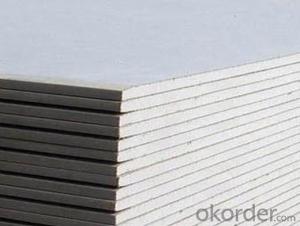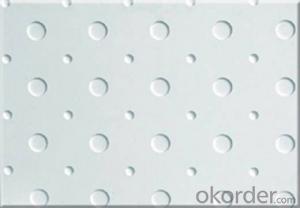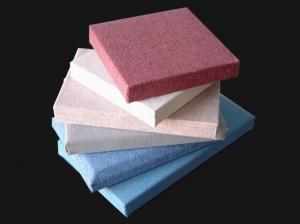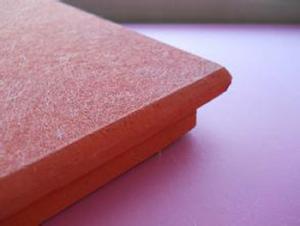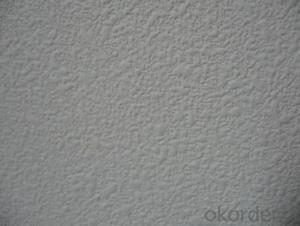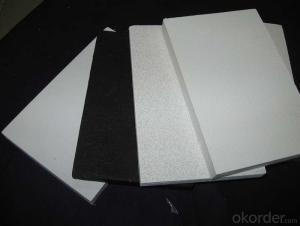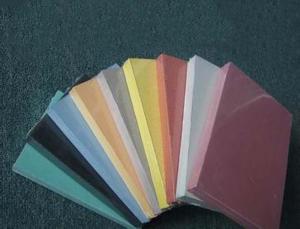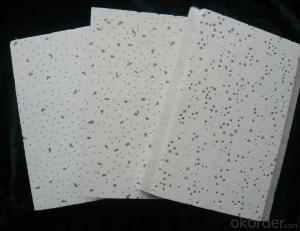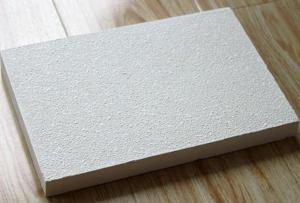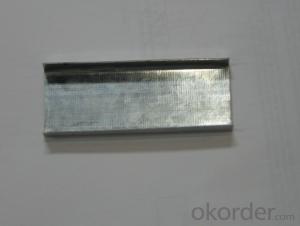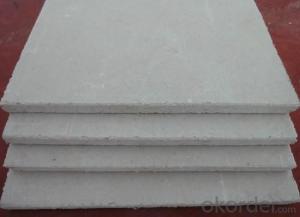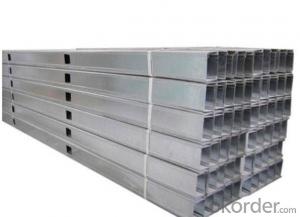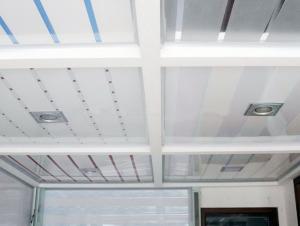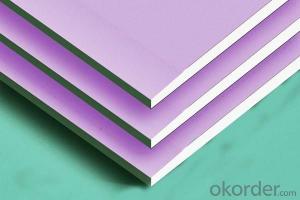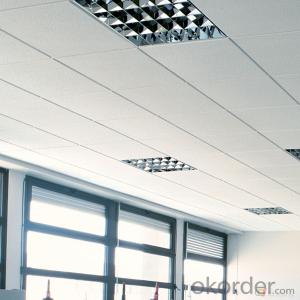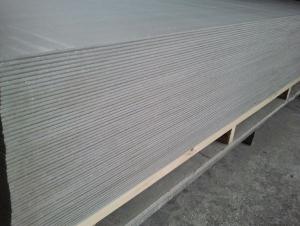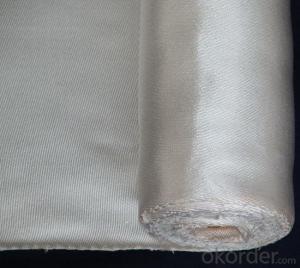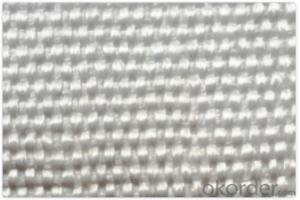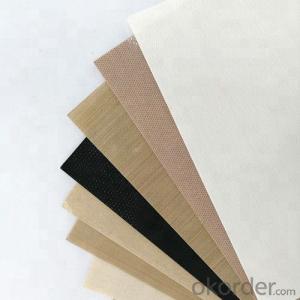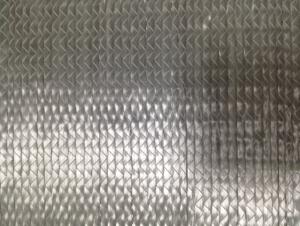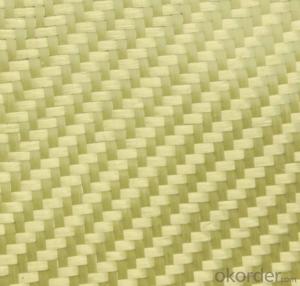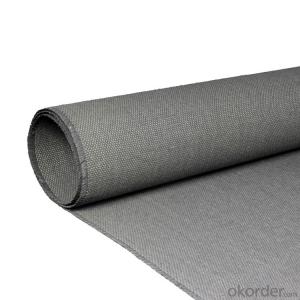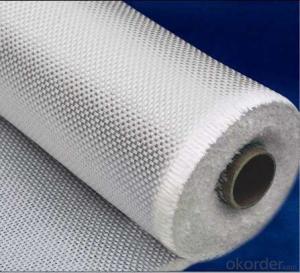Fiberglass Sheets For Roofing
Fiberglass Sheets For Roofing Related Searches
Best Inverter For Solar Panels Inverter Box For Solar Panels Inverter For Solar Panels Cost Fiberglass Panels For Roofing Foam Panels For Building Wall Lights For Bedrooms Geogrid For Retaining Wall Tar Paper For Roofing Wall Spotlight With Plug Woven Steel Mesh PanelsHot Searches
Steel Mesh Panels For Sale Price For Stainless Steel Scrap Scrap Price For Stainless Steel Price For Stainless Steel Stainless Steel Plate For Sale Stainless Steel Tank For Sale Stainless Steel Sheets For Sale Cheap High Tea Sets For Sale Stainless Steel Tanks For Sale Stainless Steel For Sale High Density Fiberboard For Sale Solar Hot Water Collectors For Sale Scaffolding For Sale In Uae Scaffolding For Sale In Ireland Scaffolding For Sale In Houston Type Of Inverter For Solar Price Of Shipping Containers For Sale Types Of Inverter For Solar Stock Price For Aluminum Steel Mesh Panels For SaleFiberglass Sheets For Roofing Supplier & Manufacturer from China
Okorder.com is a professional Fiberglass Sheets For Roofing supplier & manufacturer, offers integrated one-stop services including real-time quoting and online cargo tracking. We are funded by CNBM Group, a Fortune 500 enterprise and the largest Fiberglass Sheets For Roofing firm in China.Hot Products
FAQ
- There are several different weave styles available for fiberglass fabric, each with its own unique characteristics and applications. Some of the most common weave styles include plain weave, twill weave, satin weave, and leno weave. 1. Plain weave: This is the simplest and most common weave style for fiberglass fabric. It consists of a simple over-under pattern where each warp yarn passes alternately over and under each weft yarn. Plain weave fabrics are typically balanced and have good stability, making them suitable for a wide range of applications. 2. Twill weave: Twill weave is characterized by a diagonal line pattern on the fabric surface. This weave style is created by passing the weft yarn over two or more warp yarns before going under one or more warp yarns. Twill weave fabrics have good strength and durability, making them ideal for applications that require a higher level of performance. 3. Satin weave: Satin weave is known for its smooth and lustrous appearance. It is created by passing the weft yarn over four or more warp yarns before going under one. This weave style produces a high number of floats on the fabric surface, resulting in a silky texture. Satin weave fabrics are lightweight, flexible, and have excellent draping qualities, making them ideal for applications that require a smooth and elegant finish. 4. Leno weave: Leno weave is a unique weave style that creates an open mesh-like structure. It is formed by twisting adjacent warp yarns together and then locking them in place with a weft yarn. Leno weave fabrics are characterized by their high porosity and excellent breathability. They are commonly used in filtration applications and for reinforcing composites. These are just a few examples of the different weave styles available for fiberglass fabric. The choice of weave style depends on the specific requirements of the application, such as strength, weight, flexibility, and aesthetics.
- Yes, fiberglass fabrics are commonly used for reinforcement in boats or yachts due to their high strength-to-weight ratio, excellent durability, and resistance to water and corrosion. Their flexibility and ability to conform to complex shapes make them ideal for reinforcing various parts of boats and yachts, such as hulls, decks, and bulkheads.
- Fiberglass fabric finds numerous applications in the chemical industry due to its exceptional properties and versatility. One of the primary uses of fiberglass fabric is in corrosion-resistant applications. Fiberglass fabric is highly resistant to chemical attack, making it an ideal material for lining tanks, pipes, and other equipment that handle corrosive chemicals. It can withstand exposure to a wide range of chemicals, including acids, alkalis, solvents, and various organic compounds. Furthermore, fiberglass fabric is utilized in the construction of storage tanks for hazardous chemicals. These tanks are often reinforced with multiple layers of fiberglass fabric to provide structural integrity and prevent leakage. The fabric's high tensile strength and excellent dimensional stability make it an excellent choice for such applications. In addition, fiberglass fabric is used in manufacturing chemical filters and membranes. These filters and membranes are designed to separate and purify different chemical compounds. Fiberglass fabric's high porosity allows for efficient flow rates while retaining solid particles and impurities. Its resistance to chemical degradation ensures long-term durability and reliability. Moreover, fiberglass fabric is employed as a protective barrier in the chemical industry. It is used to create curtains, blankets, and covers that shield workers, equipment, and surroundings from potential chemical spills or splashes. These protective barriers act as a reliable shield against hazardous substances, preventing accidents and minimizing the risk of chemical exposure. Overall, fiberglass fabric plays a vital role in the chemical industry by providing corrosion resistance, structural reinforcement, filtration capabilities, and protection against chemical hazards. Its unique combination of properties makes it an indispensable material in various chemical processes, ensuring safety, efficiency, and longevity in chemical operations.
- What color steel plate is good for dust-free workshop?
- Polyurethane sandwich panel consists of upper and lower intermediate color steel polyurethane foam composition, is one of the widely used building materials in the construction industry, has good thermal insulation, sound insulation, fire prevention materials added non combustion polyurethane. The polyurethane sandwich board has the advantages of non burning, moisture resistance, moth resistance, sound insulation, light weight, dry and wet, no deformation and heat preservation effect, and can be nailed, sawed and constructed, which is simple and convenient, and can be used repeatedly.
- Glass fiber cloth, heat conduction double sided adhesive tape and no material heat conduction double sided adhesive tape difference? Which is better?
- Fiberglass cloth thermal double-sided tape (www.glpoly ): it is made of glass fiber cloth, PET, PVC film, non-woven material, double-sided evenly coated elastomer pressure-sensitive adhesive or resin adhesive, acrylic pressure-sensitive adhesive, adhesive made in the substrate roll or sheet belt, is composed of a substrate, adhesive, isolation of paper (film) parts.
- Yes, fiberglass fabric is suitable for use in medical dressings. Fiberglass fabric has several properties that make it ideal for this application. Firstly, it is highly durable and strong, providing excellent support and protection to the wound or injury. It is also resistant to tears and punctures, ensuring that the dressing remains intact even during movement. Additionally, fiberglass fabric is lightweight and breathable, allowing air and moisture to pass through, which promotes healing and prevents infections. Moreover, it is non-absorbent, meaning that it does not retain moisture, preventing the dressing from becoming soggy or uncomfortable. Fiberglass fabric is also hypoallergenic, minimizing the risk of allergic reactions in patients with sensitive skin. Overall, these qualities make fiberglass fabric a suitable choice for medical dressings as it provides the necessary protection and support while maintaining comfort and promoting healing.
- Yes, fiberglass fabric can be used for making curtains and drapes. Fiberglass fabric is a versatile material that offers several advantages for this application. It is lightweight, durable, and has excellent resistance to heat, chemicals, and moisture. Fiberglass curtains and drapes can provide privacy while allowing natural light to filter through, creating an elegant and modern look. Additionally, fiberglass fabric is easy to clean and maintain, making it a practical choice for curtains and drapes in various settings such as homes, hotels, offices, and hospitals.
- Characteristics and advantages of polyester glass fiber cloth
- Delayed reflection crackDo not use polyester fiber surface will appear crack reflection in a few months, polyester fiber due to the elongation rate and instantaneous tensile strength is very low, can effectively eliminate the road junction or crack stress concentration, reduce the crack in the pavement and reflected upward, can delay the reflecting crack extend the life of the road, thereby greatly reducing the cost of repair and maintenance

